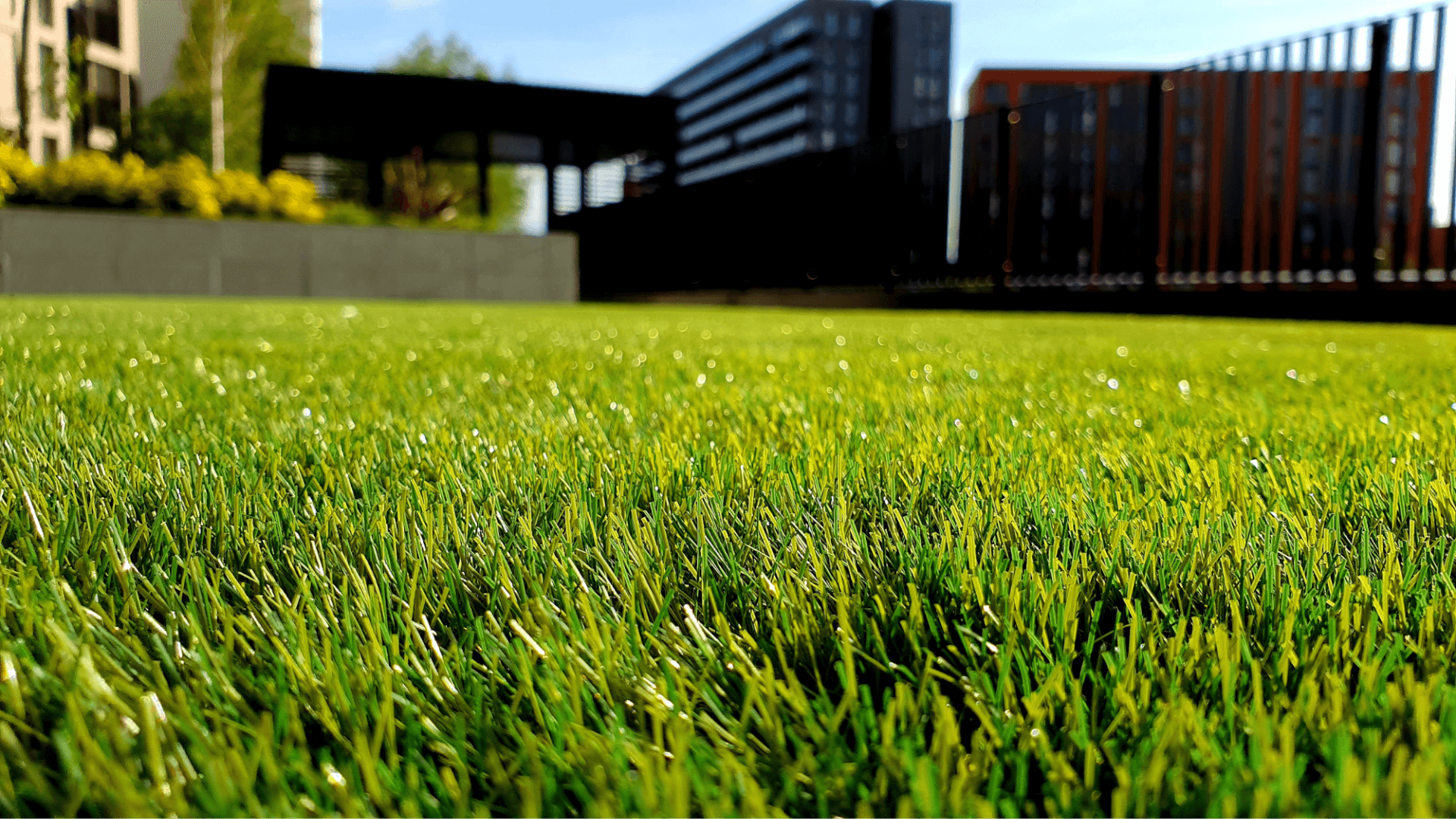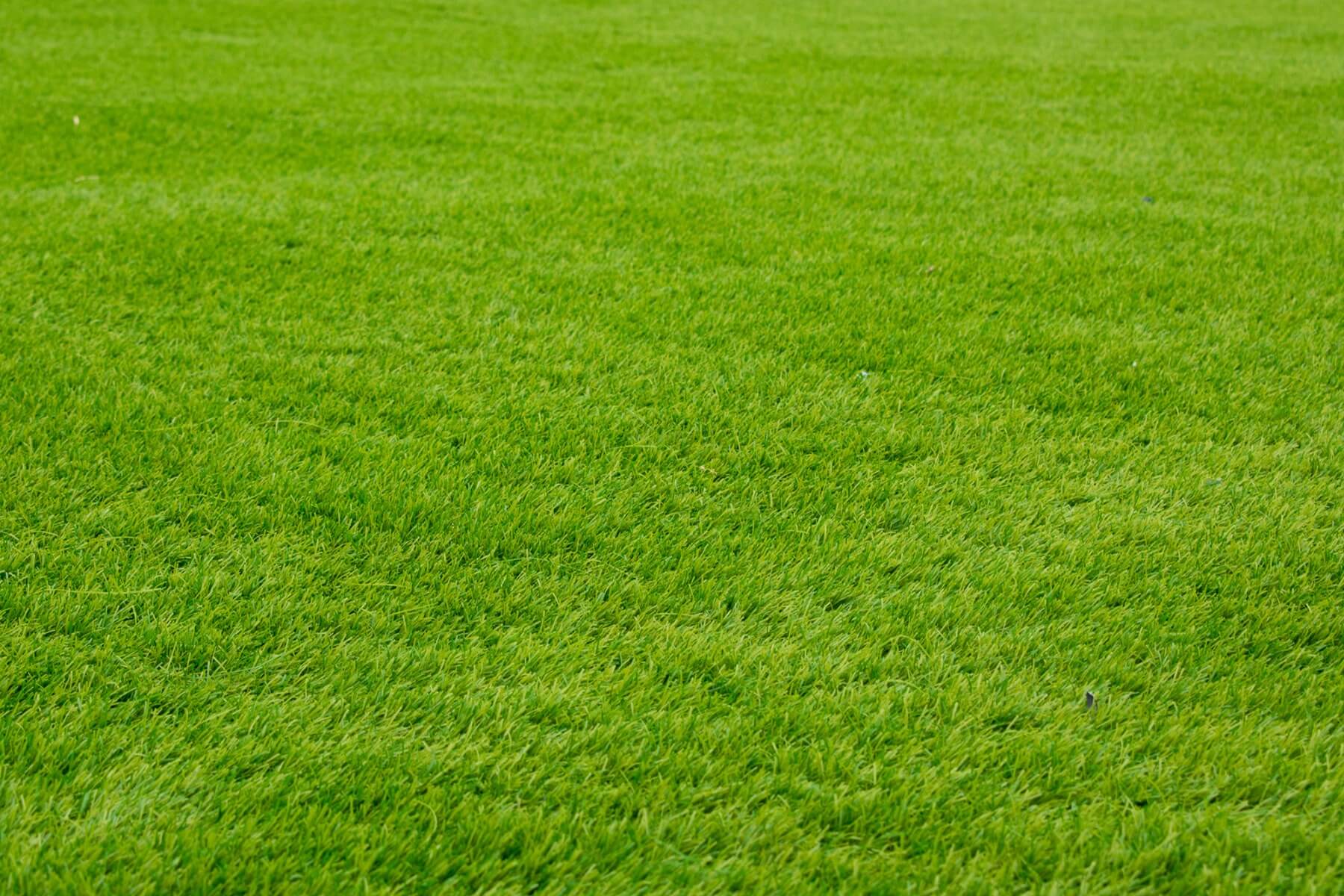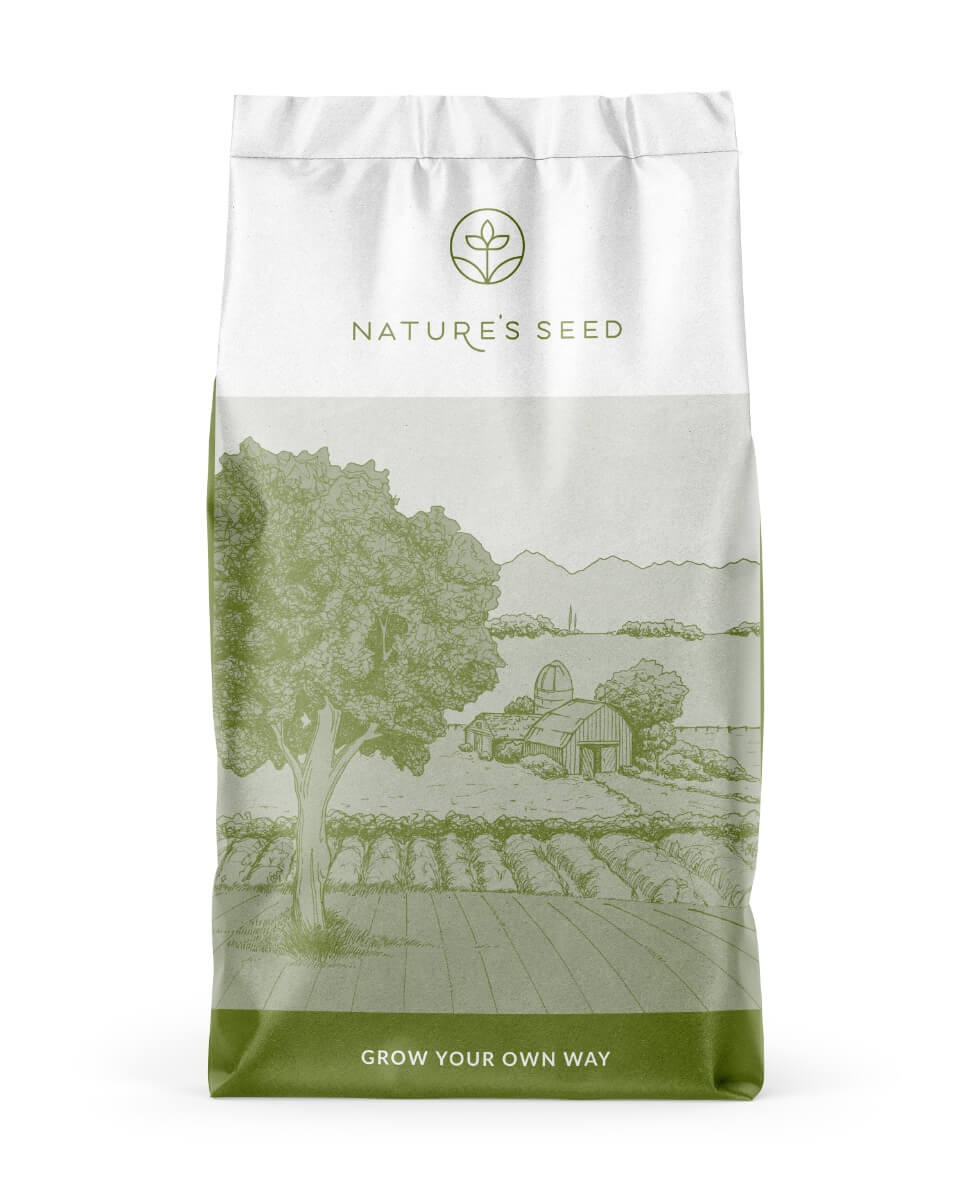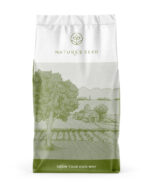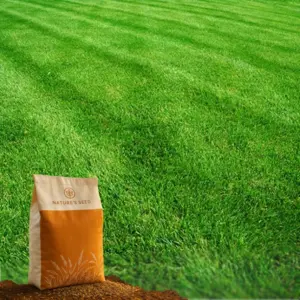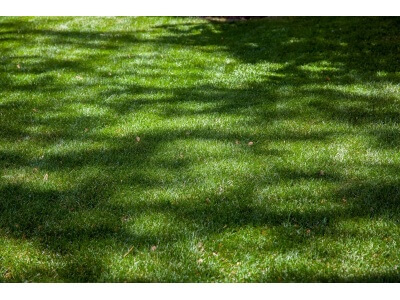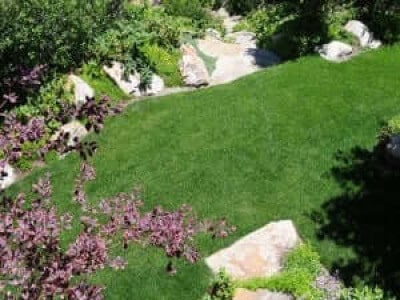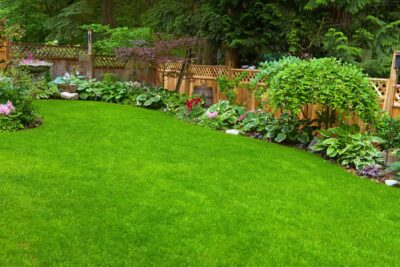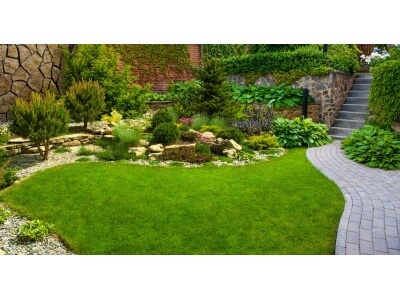Nature's Seed Bermuda Grass Blend
Meet our Premium Bermuda Grass Lawn Seed Blend, powered by the exclusive “VSP Triple” mix of Maya, Blackjack, and Transcontinental varieties. This warm-season blend delivers a lush, fine-textured turf with a noticeably deeper green than older common bermuda, thanks to its modern cultivars that pack in more shoots per square inch.
Perfect for southern and transition-zone lawns (USDA Zones 7–10), it flourishes in full sun and shrugs off intense summer heat. Once the roots are established, bermudagrass handles dry spells like a pro—going temporarily brown, then springing back to life after the next rain. In other words, you get a vibrant, low-water lawn that stays resilient through the hottest, driest months.
Specifications
Sun Requirement
Full Sun
Soil Preference
Prefers well-drained, fertile soil
Soil pH
~6.0–7.0
Time to Maturity
14-28 days
Height when mature
4–6 inches tall un-mowed
Seeding Rate
5 lbs/1,000 sq ft
Planting Depth
1/8 to 1/4 inch
Triblade Elite Bermudagrass Lawn Mix
SKU: TURF-BERM
Will the seed work for your area?
Check your region
select quantity
Description
Durability
Designed for real-life wear and tear, this blend shrugs off heavy foot traffic and bounces back fast. It’s the same tough bermudagrass you’ll find on sports fields and golf courses, so kids, pets, and weekend games won’t leave lasting scars. The result? A thick, resilient lawn that keeps its density—and its good looks—no matter how many paws or sneakers come its way.
Regional Benefits
As a warm-season grass, bermudagrass thrives in the heat—and this blend is built to handle more than just summer sun. The Maya, Blackjack, and Transcontinental varieties were specifically chosen for their wide adaptability and improved cold tolerance. That means your lawn can stand up to chilly winters in the upper South and transition zones, not just the deep South.
Growth Characteristics
Bermudagrass is a hardy, spreading perennial that returns each spring. It fills in fast using stolons and rhizomes, creating a dense, even lawn. Under warm conditions, it germinates in 7–10 days and reaches full coverage in 8–12 weeks. The result is a tough, medium-green turf that resists heat, drought, traffic, and weeds with minimal upkeep.
Resilience
Backed by advanced breeding, this blend features improved bermudagrass varieties with stronger disease resistance and better stress tolerance than common types. They’re less prone to issues like spring dead spot and winterkill, giving you a healthier, more reliable lawn. Whether you’re after a tough play area or a drought-tolerant lawn, this premium mix delivers top-tier performance backed by modern turf science.
Fast Germination & Green-Up
Go green in a hurry: these hulled Bermuda seeds sprout in just 7–14 days in warm soil, knit together quickly, and give you turf you can use the very first season—filling out to full, thick coverage by summer’s end.
Description
Detail Product
Sun/Shade
NOT Shade tolerant, Needs full sun
Height
4–6 inches un-mowed
Seeding Rate
5 lbs/1,000 sq ft
Uses
Southern lawns; parks; sports fields; gold fairways; golf roughs; warm-season turf; high-quality turf; drought tolerant; heat tolerant
Color
medium to fine
Water
medium to fine
Native
Introduced species
Life Form
Perennial, warm-season grass.
Planting and Growing
Preparing
Start by removing all existing grass or weeds—bermuda won’t establish well if competing with other plants. Test your soil (aim for pH 6.0–7.0), and adjust if needed. Loosen the top 4–6 inches, clear debris, and level the area. Lightly firm the surface so footprints leave shallow marks. A clean, well-prepped seedbed is key to a strong, healthy lawn.
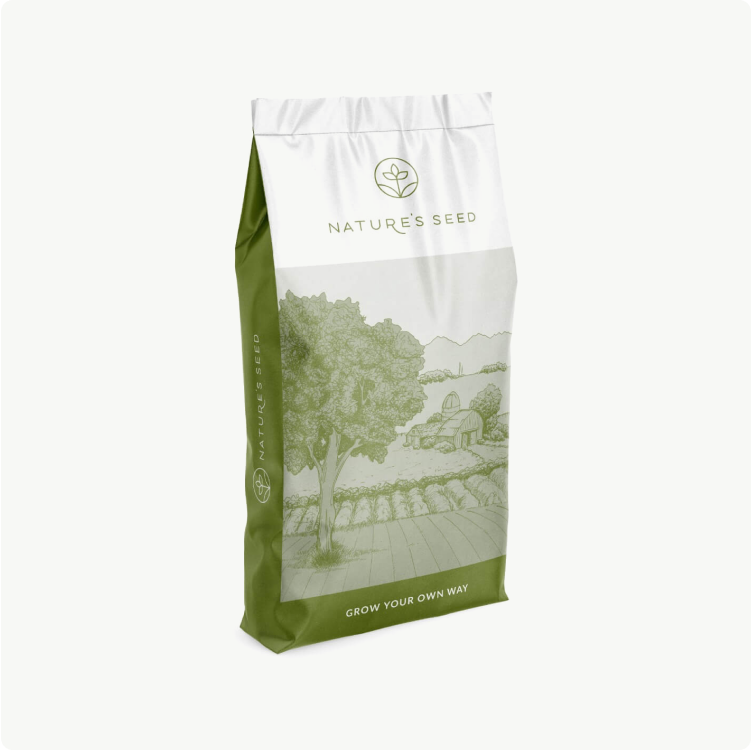
Seeding
Seed in late spring or early summer when soil temps hit 65°F. Spread about 5 lbs per 1,000 sq ft, then lightly rake to cover seeds with no more than 1/8″ of soil. Roll for good seed-to-soil contact. Water gently and keep the area moist. Finish seeding by mid-summer for best results.

Watering & First Mow
Watering: Keep soil consistently moist after seeding. Water lightly 2–3 times a day for the first 1–2 weeks. Once seedlings emerge, continue frequent watering for another week or two, then gradually shift to deeper, less frequent watering (2–3 times per week, about ½” per session) to encourage root growth.
Mowing: Wait until grass is about 2″ tall and well-rooted—usually 3–4 weeks after germination. Use sharp blades and mow to 1.5–2″, removing no more than ⅓ of the height. Mow during cooler parts of the day and avoid sharp turns.
Foot Traffic: Limit use until after the first mow or two to let the lawn establish fully.
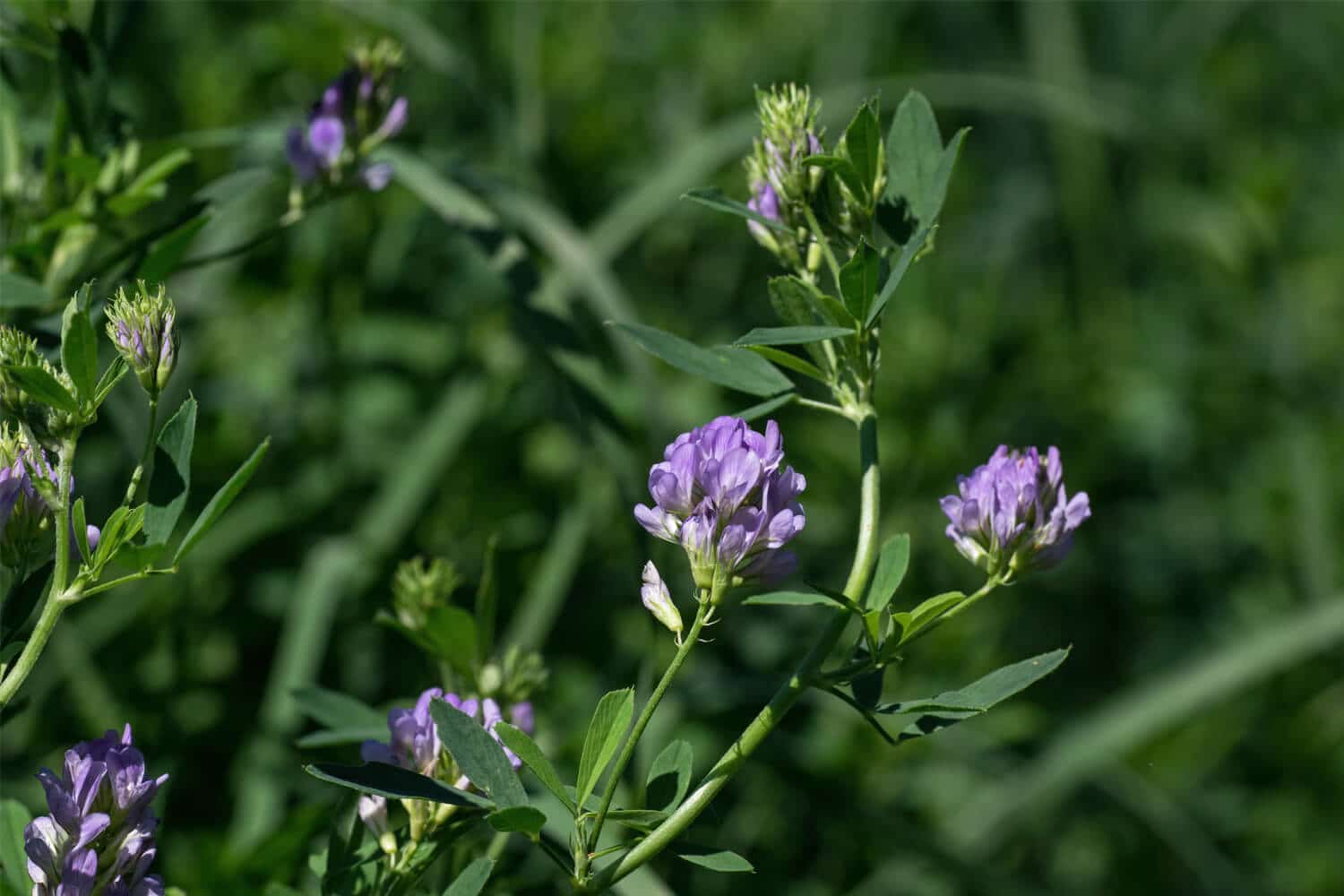
Ongoing Maintenance
To keep your bermudagrass lawn healthy:
Mow to 1–2″ regularly—weekly in summer. Follow the 1/3 rule to avoid stress.
Fertilize every 4–6 weeks with ~1 lb of nitrogen per 1,000 sq ft. Stop 6–8 weeks before frost.
Water deeply 1–2 times per week (about 1″ total). Watch for folded blades or blue tint as drought signs.
Control weeds after 3 mowings using turf-safe herbicides. Apply pre-emergents starting in year two.
Aerate yearly in summer; dethatch if buildup exceeds ½”.
Routine mowing, feeding, and occasional aeration will keep your lawn thick and green.
Questions & Answers
When is the best time to seed this bermudagrass blend?
The best time to seed bermudagrass is late spring through summer, when soil temps reach 65–70°F at a 2–3″ depth. In most areas, aim for May to July. This gives the grass plenty of warm weather to establish. Avoid seeding too late—bermuda needs 8–12 weeks of growth before frost. If your first frost is in October, seed no later than early August. Don’t plant in cool weather—bermuda won’t sprout if soil is below 60°F.
Can I overseed this into my existing lawn (to add bermuda or improve it)?
To introduce bermuda into an existing lawn, you need bare soil—just tossing seed onto thick grass won’t work. If you’re switching from cool-season grass (like fescue), remove or kill it first. Bermuda seed needs sunlight and soil contact to grow, and dense turf will outcompete new seedlings.
If you’re thickening an existing bermuda lawn, you can overseed thin spots. Mow low, rake hard to expose soil, then seed and keep it moist. For minor thinning, proper fertilizing alone may be enough—bermuda spreads quickly on its own.
How much water does a bermudagrass lawn need?
Once established, bermudagrass is water-efficient. It needs about 1 inch of water per week, including rainfall—around 0.5″ twice a week with sprinklers. Water deeply so moisture reaches 4–6 inches deep, then let the soil dry slightly before watering again. This encourages deep roots and better drought tolerance.
In drought, bermuda goes dormant and turns brown but can survive with minimal water, greening up when rain returns. Watch for signs like folded leaves, a bluish tint, or lingering footprints—these mean it’s time to water. Sandy soils may need more frequent watering; clay soils require slower watering to avoid runoff.
Is this grass safe for pets, and can it handle dog urine?
Yes, bermudagrass is safe for pets and holds up well to play and foot traffic. It can get urine burn (brown spots with green rings), but it recovers quickly thanks to its spreading growth. To minimize damage, rinse the spot with water soon after your dog pees. For frequent spots, consider training pets to use a designated area.
How do I prevent weeds in my bermudagrass lawn?
The best weed control for bermudagrass is a thick, healthy lawn. Once established, it naturally crowds out most weeds.
Before seeding, clear all existing weeds—don’t use pre-emergent herbicides, as they’ll block your grass seed too.
During establishment, hand-pull or mow any early weeds. Wait until after 2–3 mowings (around 8–12 weeks) before applying herbicides.
After establishment, use pre-emergents in early spring and fall to prevent seasonal weeds. For existing weeds, use selective herbicides labeled safe for bermuda.
Keep mowing at 1–2″, fertilize regularly, and avoid overwatering—healthy bermuda leaves little room for weeds to take hold.
What kind of winter care does bermudagrass need?
Bermudagrass goes dormant in winter, turning brown but staying alive underground. No mowing or fertilizing is needed during this time. Just clean up debris, avoid heavy traffic on frosty turf, and stop nitrogen fertilizing 6–8 weeks before your first frost. Optional: apply a potassium-rich “winterizer” in early fall. Some people overseed with ryegrass for winter color, but it’s not required.
Still have
questions?
Our planting experts
are here to help.
Call Us
1-800-123-4567
8 AM–5 PM
Monday–Friday
Reviews
| Weight | N/A |
|---|---|
| Sun/Shade | |
| Est Rate | |
| Texture | |
| Seeding Rate | |
| Uses | , , |
| Color | |
| Mix Contents | |
| Water | |
| Native | |
| Life Form | |
| Topseller Description |
Bermudagrass has long been the standard by which all other warm-season grasses are judged, and for good reason. Our Bermudagrass Seed Blend creates a high-quality lawn or sports turf that can handle the intense heat of the south while retaining its rich green color and dense growth habit. Perfect for home lawns, public spaces, and sports fields. |
| Pounds | , , , , |
| Lowest price |
50.400000 |
| Coverage Area | , , , , , |
